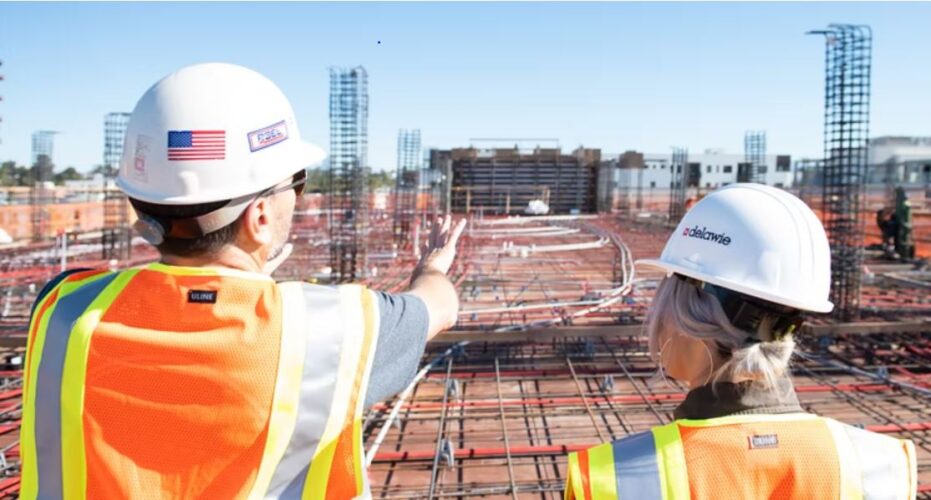Understanding the importance of health and safety on construction sites can benefit everyone involved, including workers, clients, and even you as a potential investor or homeowner.
First and foremost, the well-being of workers should always be a top priority. A good site manager understands this and takes the necessary steps to create a safe and healthy working environment. This means ensuring that workers have the appropriate safety gear, providing proper training on how to use equipment safely, and regularly inspecting the site for potential hazards.
By prioritizing health and safety, a site manager not only protects workers from potential accidents and injuries but also fosters a positive work culture. When employees feel valued and protected, they are more likely to be motivated and perform at their best. This, in turn, leads to increased productivity and better-quality work.
But it’s not just about the workers. Clients, too, benefit from having a site manager who prioritizes health and safety. Construction projects are a significant investment, and clients want to know that their project is being handled with care. By demonstrating a strong commitment to health and safety, a site manager gives clients peace of mind, knowing that their project is in good hands.
Additionally, a good site manager understands that accidents or delays caused by poor health and safety practices can be costly. They know that preventing accidents through proper planning and execution is not only the right thing to do but also a smart business decision.
Finally, let’s not forget about the potential legal consequences of neglecting health and safety regulations. Construction sites are subject to stringent laws and regulations aimed at protecting workers and the public. A good site manager understands and complies with these regulations, ensuring that the project stays on the right side of the law.
In conclusion, being a good site manager when it comes to health and safety is crucial for a variety of reasons. It not only protects workers from harm, but it also contributes to a positive work environment, increases productivity, and gives clients peace of mind. Additionally, it helps avoid costly accidents, delays, and legal consequences.
So, even if you’re not a site manager yourself, it’s important to recognize the value of health and safety in construction projects. By supporting and insisting on proper health and safety practices, we contribute to the overall well-being of everyone involved.
SMSTS course
For those who may not know, SMSTS stands for Site Management Safety Training Scheme. It’s a comprehensive course that covers everything from risk assessments and legal requirements to how to create a safe working environment. The course usually lasts for five days and is designed for those who are responsible for managing construction projects.
It teaches you how to think proactively about safety. Instead of just reacting to potential hazards or accidents, you learn how to identify and mitigate risks before they even occur. This not only helps prevent injuries and accidents, but it can also save you time and money in the long run.

